On November 23, 1332 in Celtic History
Edward balliol formally acknowledged king edward iii of england as his feudal superior
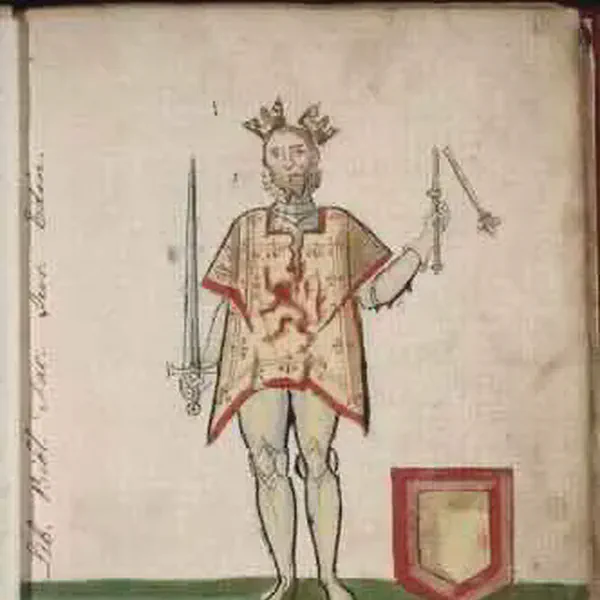
Edward Balliol or Edward de Balliol (Scottish Gaelic: Èideard Balliol;[1] c. 1283 – January 1364) was a claimant to the Scottish throne during the Second War of Scottish Independence. With English help, he ruled parts of the kingdom from 1332 to 1356.
Edward Balliol was crowned at Scone on 24 September 1332, but three months later he was forced to flee back to England, following a surprise attack by nobles loyal to David II at the Battle of Annan.
Edward Balliol, the son of John Balliol, acknowledged Edward III of England as his feudal superior during the period of the Second War of Scottish Independence in the 14th century.
Edward Balliol sought English support in his claim to the Scottish throne, and as a result, he performed acts of homage and fealty to Edward III.
Treaty of Berwick
On 20 January 1356, Edward Balliol formally renounced his claims to the Scottish throne in exchange for an English pension from Edward III.
He spent the rest of his life living near Yorkshire and died childless in January 1364, at Wheatley, Doncaster. The location of his grave has been speculated to be under a Doncaster Post Office
This was part of the Treaty of Berwick, which marked the end of Balliol’s attempts to secure the Scottish crown.
The agreement acknowledged Edward III as Balliol’s overlord in return for English support.
King Edward III
Edward III (13 November 1312 – 21 June 1377), also known as Edward of Windsor before his accession, was King of England from January 1327 until his death in 1377. He is noted for his military success and for restoring royal authority after the disastrous and unorthodox reign of his father, Edward II. Edward III transformed the Kingdom of England into one of the most formidable military powers in Europe.
More From This Day


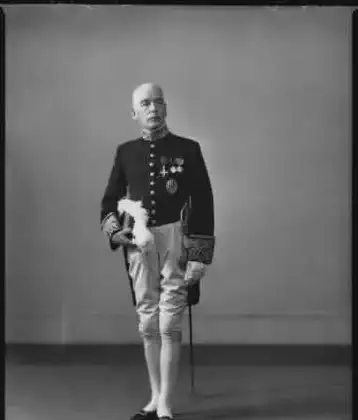
Sir Richard Dawson Bates, unionist politician and minister in Northern Ireland is born in Belfast
November 23, 1876
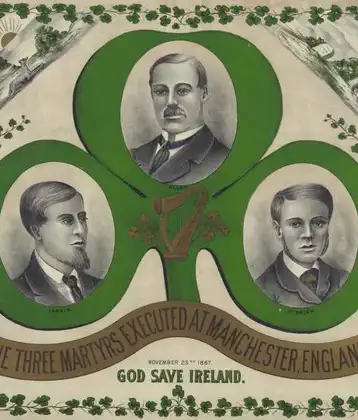
Manchester Martyrs, 3 Fenians are executed - Michael Larkin, William Philip Allen, and Michael O'Brien
November 23, 1867

Herbert Trench, poet, dramatist and theatre producer, in Avonmore, Co. Cork, is born
November 23, 1865

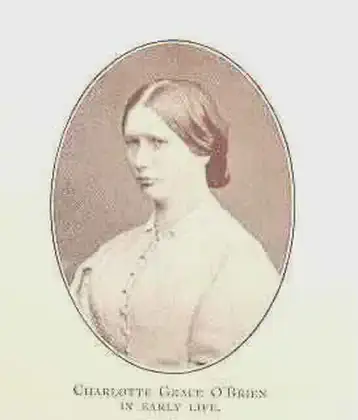
Charlotte Grace O'Brien, social reformer who campaigned against conditions on emigrant ships, is born
November 23, 1845
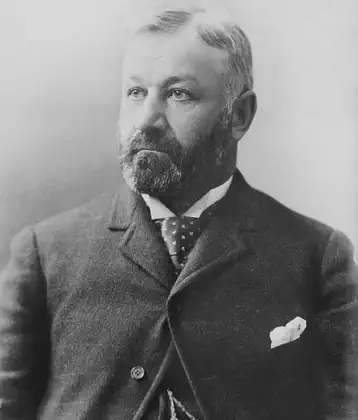
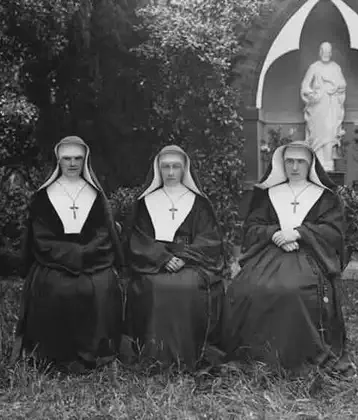
Margaret Aylward, founder of the Sisters of the Holy Faith, born in Waterford
November 23, 1810

